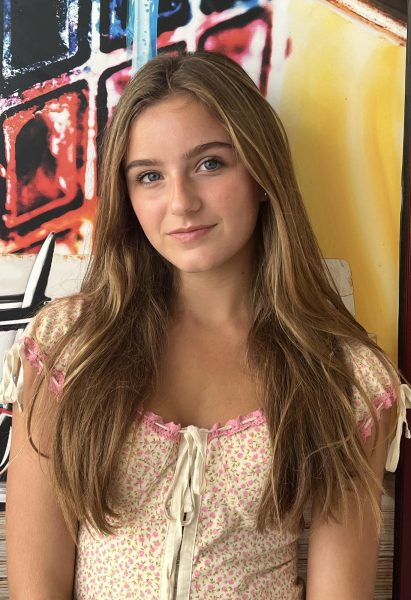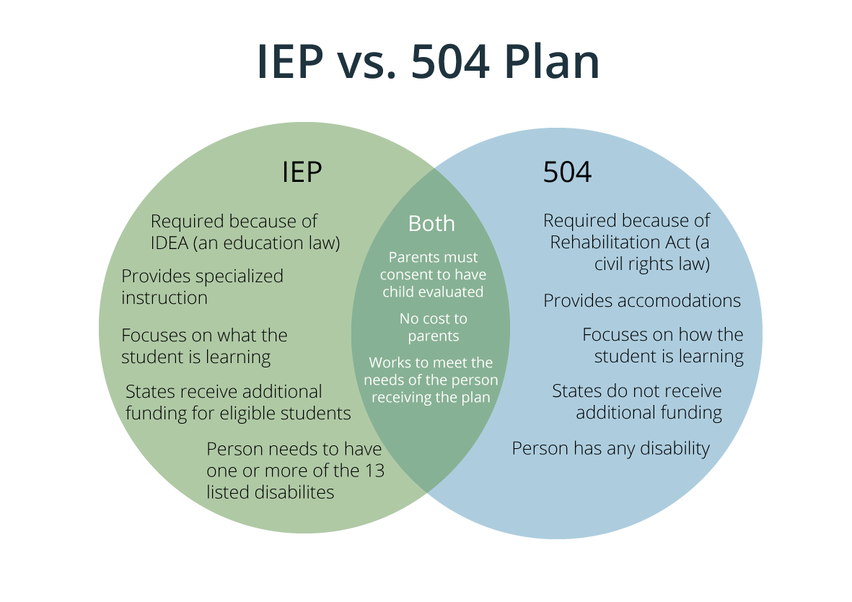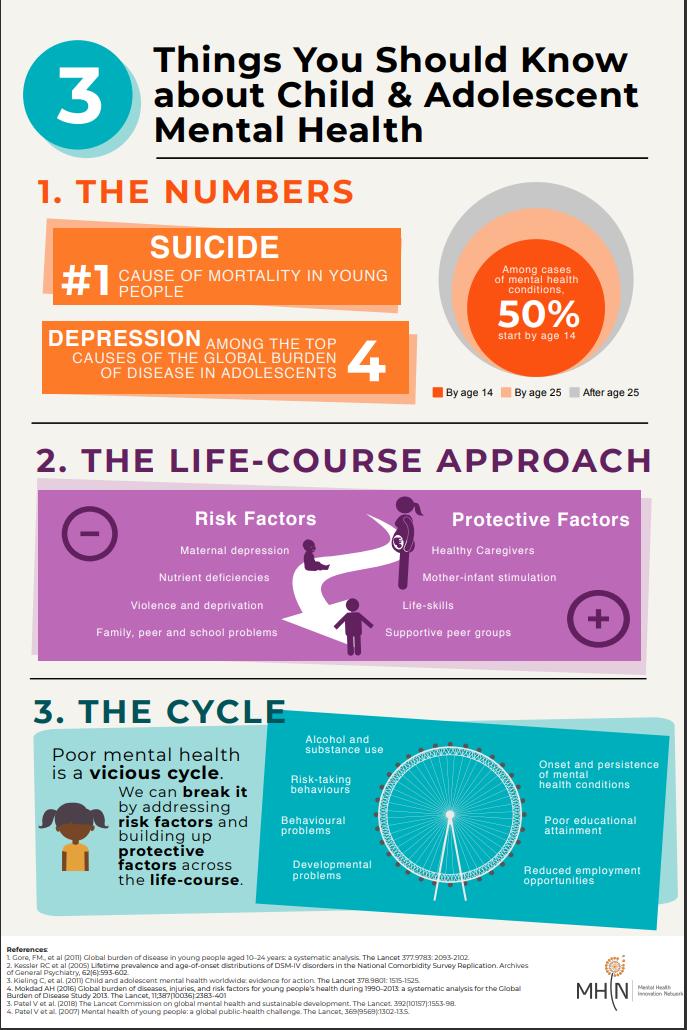Laguna Beach Unified School District works long and hard to ensure that all of its students are successful, including those with learning differences. The district values equity above all else, and their desire for this quality of education is evident in everything from providing special education plans to having a free writing lab for whoever needs a little extra assistance. Though, as much as they try, their efforts still fall short in some ways.
Beginning in elementary school, either Top of the World or El Morro, students undergo testing at the beginning, middle, and end of the school year to see if they are up to speed with the curriculum and expectations for their grade level. This is when the district tries to detect learning differences in students, that way they can start helping them and providing them with the tools to strive early on. If a student shows that they are struggling, the school will then put those students into small help groups during WIN time, an acronym for What I Need, which is a forty-five-minute period during the school day in which all students can go to a class of their choosing and get help on assignments or meet with teachers.
For the students who tested below average, the school begins monitoring their progress with tests every two weeks in special classes. If those test results show the student is still behind, they will be moved into a more intensive help group, which means one-on-one WIN time meetings once or twice a week alongside their small group meetings. In elementary school, students can also get an IEP, an Individualized Education Plan, or a 504 plan. The difference between the two is that an IEP is a legal document that allows a student to have direct intervention like speech therapy or special classes while a 504 plan allows for students to have more in-class accommodations like a copy of the notes or extra testing time.
How the middle school approaches these learning differences is a hybrid of the more intensive interventions seen in the elementary schools and the more independent approach of the high school. The intervention courses at Thurston are real classes, taking the place of electives or language classes the student would have taken without the intervention courses. These classes include Read 180, a research-based class that takes up two periods, ELA or math boost, electives on top of their normal English or math classes, or other specialized courses that could help the student with their learning difficulties.
The only problem with this is that while the students are getting help, they are also being held back from exploring more creative classes like arts or language. The only way for these students to take an elective class would be to utilize zero period, which is a class held before the traditional bell schedule at 7:35 am. The students who cannot use that time, whether it be because of not having a ride to school that early or something else, cannot fit in an elective. If a student has a passion for painting but also has Dyslexia, they find themselves trapped in a corner; they know they should get the academic help they need but also have the desire to express themselves through art and learn a differentiating new skill in class. A student who values both their education and their creative abilities has to choose between the two at a time in their life when they should be exploring their interests, both academic and creative.
When the middle schoolers at Thurston transition to high school, there are many steps the school takes to ensure a seamless adjustment. There are meetings held by the school with the student and their family where they discuss their individual needs as an incoming freshman; they go over their IEP or 504 plan and decide what classes or accommodations would be best for the student. Students with an IEP can take speech, reading or math intervention, and study periods to give them the extra help they may need along with other smaller accommodations like an aid in class or extra testing time. Students with 504 plans typically only use accommodations like extra testing time, access to a copy of the notes, or other things of that nature.
Much like Thurston, when students at the high school take classes like intervention reading or math they take up an elective space. Since the high school has an eight-period day, it is much easier for students to take electives like art or language alongside their intervention classes. However, if the student wants to partake in school sports, they really only have six periods since sports take up two of their eight periods. Student-athletes are once again faced with the choice between their creative desires and their general education. Not to mention that they are missing out on critical extracurriculars for their college applications, putting them a step behind in that department. Some students take only one or two years of intervention courses to finish closing some gaps, but those who require the classes all through high school have to choose between doing sports, a language, an elective, or their intervention classes.
Of course, the conscientious work done by the district for these programs is appreciated by everyone, but there is always room for improvement. The first improvement would be to make asking the aids these kids have access to in class a more comfortable resource; the aids are all very kind and give great help when asked, but standing up during class and having to walk over to the aid, drawing attention to oneself, singles the student out and causes them to feel different, which not only causes them anxiety but also socially alienates them. When students are getting taken out for extra testing time or to go to a quiet room for testing, some teachers will single the student out by loudly announcing their leaving and making their departure from the classroom very uncomfortable. No student wants to be “that kid that leaves for testing accommodations,” so drawing so much attention to them for those things can cause a student to become nervous about using their accommodations. Students not only having these accommodations but feeling comfortable enough to use them are both on the same level of importance; to get the most out of all their accommodation options, they have to want to use them in the first place.
Paying attention to the mental health impacts these learning differences have on students is also a vital piece of the puzzle. A very academic student with high expectations of themself may feel behind their classmates by nature, causing anxieties about not becoming the best because of their learning differences. Some students put less effort into their work and purposefully give minimal effort because, in their minds, they will never be as good as their classmates, so they think “Why should I even try.” Both of these outlooks and all the ones that fall in between are equally deteriorating, leaving students to feel less than their peers in some way, shape, or form. A way we could break this mental blockade is by helping students create rational and achievable goals; tasks like finishing a whole book or studying for three hours can be broken down into smaller increments. Instead of finishing an entire book in one sitting, read a few chapters at a time and take ten-minute breaks in between to walk around or use the bathroom, and instead of studying nonstop for three hours, break your material down into twenty-minute periods with five-minute breaks in between.
Of course, the intervention classes and accommodations help students with their workloads, but the building of goal-setting skills will forever help students when they are faced with large or challenging tasks throughout their regular classes and beyond. Also, students feeling more a part of their regular classes is an issue within the program. Students, those who are put into extra help classes like reading intervention or speech, often feel like they only get to know the kids in those classes with them. Those kids usually end up in not only the same help classes, but because of the periods it uses, they also end up in the same core classes. They are with the same people all the time, not really getting a chance to socialize with others in their grade because of the fact that they’re not in classes with them. Even in classes with other students, there is a divide between those who already know each other through these courses and those who don’t take them. It makes it hard for these kids to feel a part of the whole school when they are sectioned off into the “intervention courses” category; they feel like they are their own group without many anchors in the general student pool.
The LBUSD Educational Board puts immense amounts of effort into all of their students, making equity and inclusion the founding quality of every student’s education. From resources such as our reading and math labs, a tool for any Laguna Beach high school student who assistance with their classes, to IEPs that allow for students to receive help from ages 3-22, the educational board has its student’s best interests at heart. Even with all they do, there is always growing room, and those problems should never be ignored just because there are so many other things being done to help. At the end of the day, decisions should be made to help students reach their fullest potential and to make them realize they have a purpose and the ability to succeed in any situation. Laguna Beach has done an amazing job in this department, and they continue to grow their programs, making a path for every student, no matter who they are.
Laguna Beach Unified School District places emphasis on their strive for educational equity
May 13, 2024
About the Contributor

Keating Cummings, Opinions Reporter


















